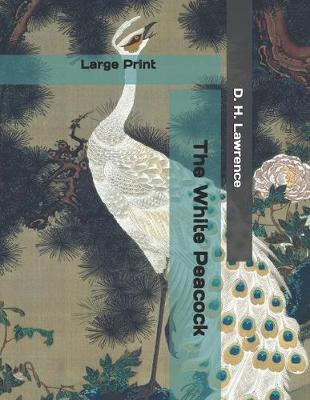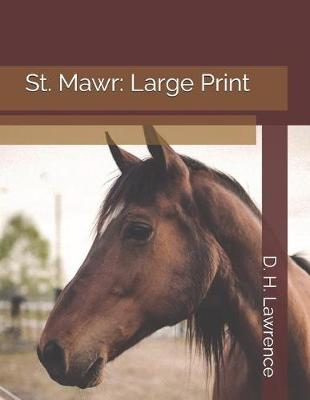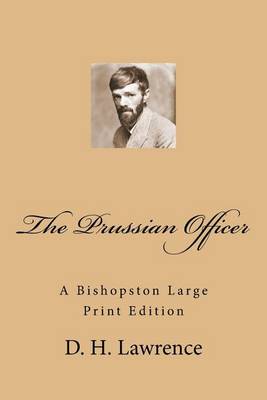Panther Books
3 total works
Lawrence's first novel The White Peacock was begun in 1906, rewritten three times, and published in 1911. The Cambridge edition uses the final manuscript as base-text, and faithfully recovers Lawrence's words and punctuation from the layers of publishers' house-styling and their errors; original passages, changed for censorship reasons, are reinstated. Andrew Robertson's introduction sets out the history of Lawrence's writing and revision, and the generally favourable reception by friends and reviewers. Lawrence incorporated much of his own experience and reading on to the novel which is set just north-east of Eastwood, and modelled characters on his friends and family. The notes identify real-life places and people, explain dialect forms, literary allusions, and historical references, and include sensitive passages deleted before publication. The textual apparatus records all the variant readings and the appendix prints the two surviving fragments from the earliest manuscripts of the novel, then entitled 'Laetitia'.
The Prussian Officer and Other Stories (1914) was Lawrence's first collection of stories, and it includes some of his finest and most distinctive fiction. The collection forms a bridge between his apprenticeship in realism, which culminatied in Sons and Lovers , and the visionary language and historical sweep of The Rainbow . Lawrence's arrangement of the stories, restored for the first time in this edition, also offers his diagnosis of the development of British society and its literature between 1870 and the outbreak of the First World War. Widely praised stories like `Odour of Chrysanthemums', `Daughters of the Vicar', and `The Prussian Officer' show people moving from a communal world, in which they battle against poverty, class prejudice, and natural disaster, to a more independent existence, full of potential for both self-fulfilment and self-destruction. These short stories celebrate the vitality that is fundamental in Lawrence's vision of life, and demonstrate the diversity of interests, narrative power, and vivid sense of place and character that distinguish the works of an acknowledged master in the genre.
This book is intended for students of late nineteenth and early twentieth-century British literature from sixth form upwards, but mostly 2nd/3rd-year undergraduates.
This book is intended for students of late nineteenth and early twentieth-century British literature from sixth form upwards, but mostly 2nd/3rd-year undergraduates.


